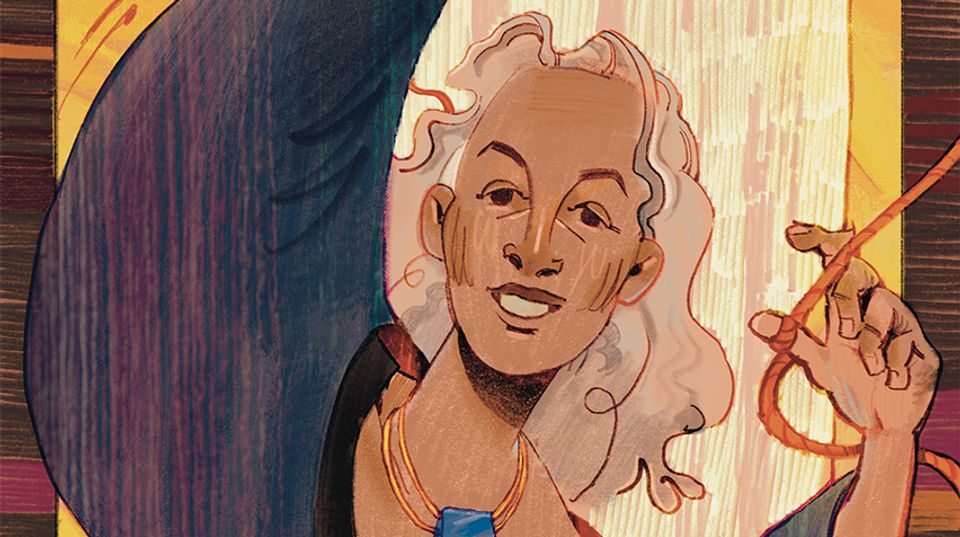
Emanuel Martinez's Farm Workers' Altar under normal light (left) and under ultraviolet light (right).
Morgan Nau, Conservation Kress Fellow, recently treated Emanuel Martinez's Farm Workers' Altar. The sculpture will be featured in the exhibition Our America: The Latino Presence in American Art, which opens on October 25. Martinez created the altar in support of Cesar Chavez and the United Farm Workers. This work, like others the exhibition, shows how Latino artists were deeply woven into the civil rights movement. Nau gives us some insight into how she prepared the altar for the show.
Martinez created the Farm Workers' Altar to commemorate an important event in the Chicano movement: a 1968 Catholic Mass where Chavez broke his 25 day fast in protest of unfair employment practices and unsuitable work conditions for migrant workers. Martinez developed a design that speaks both to spirituality and to mestizaje, the mixed racial heritage of Mexican Americans. On one side of the altar a crucifixion bears a brown-skinned Christ. On the other, an indigenous woman wearing a peace symbol holds a cluster of purple grapes in one hand and young corn stalks in the other. Above her shines a sun fashioned from profiles facing left and right signifying the union of indigenous people and Spaniards that resulted in the Mexican people (and their Chicano descendants—represented by the full face looking forward).
Before any conservation work is started, an artwork is carefully examined by a conservator to assess its condition, focusing on aesthetic concerns, structural issues, and any previous repairs or signs of use. During my initial exam I observed several pencil marks on the top of the altar and visible areas of overpainting across its entirety, including over some of the pencil marks. I used ultraviolet (UV) light to get a better understanding of where and how much overpainting had been done on the altar. Materials such as paints and varnishes fluoresce differently under UV light, making it possible to differentiate between various paint and varnish layers. The UV showed the entire piece had undergone overpainting.
Researching further, I learned the artist himself had retouched the altar after it had been stored in less than ideal conditions early in its history, and then again before being acquired by the museum. This meant that the pencil marks on the top could be indicative of its historical use, and that the retouching had been done by the artist himself. With this new information, it was decided that a minimally interventive approach was the best way to proceed. Treatment focused on removing dust and grime from the altar, and inpainting areas of lost paint along edges and corners. The altar retains its history and the hand of Emanuel Martinez. And it's ready for its place in our exhibition.


















